In a groundbreaking test flight, the DJI Avata 2 has pushed the boundaries of what’s possible with a consumer drone, flying an astonishing 22,000 feet (4.2 miles) before running out of battery. This incredible feat was achieved legally, thanks to a BVLOS (Beyond Visual Line of Sight) waiver obtained by the Pilot Institute testing team.
Unprecedented Range and Image Quality with DJI Avata 2
Throughout the flight, the Avata 2 maintained an impressive video feed, with the RC signal remaining strong at three out of four bars for most of the journey. The HD video feed also held up remarkably well, consistently delivering between two and four bars of quality.

Even at the farthest reaches of the flight, with the video feed dropping to 4 megabits per second, the image quality remained superior to some other drone manufacturers’ offerings.
“The video quality is amazing,” remarked test pilot Greg. “I know it’s getting lower, but still, it’s pretty good quality.”
Pushing the Limits of Battery Life
Remarkably, the limiting factor in this test wasn’t the range of the drone, but rather its battery life. With 22% battery remaining, the Avata 2 initiated an automatic landing sequence, touching down safely thanks to the team’s diligent updating of the return-to-home point throughout the flight.

“I think we’re going to lose—we’re going to run out of battery before we run out of signal,” observed the pilot. “This is insane.”
This sentiment underscores the incredible capabilities of the DJI O3 transmission system, which seems capable of outperforming the drone’s maximum flight time.
The Avata 2‘s performance in this test is a testament to DJI’s engineering prowess and its commitment to pushing the boundaries of what’s possible with consumer drones. While the average user may never need to fly 4.2 miles, it’s reassuring to know that the technology is there, ready to deliver unprecedented range and reliability when needed.

DroneXL’s Take
The DJI Avata 2‘s stunning range test is a clear indication of the rapid advancements in consumer Drone Technology. With the ability to fly miles beyond the operator’s visual line of sight, drones like the Avata 2 are opening up new possibilities for aerial photography, inspection, and surveying.
However, it’s crucial to remember that flying beyond visual line of sight requires special waivers and permissions in most jurisdictions. As the Pilot Institute test team emphasized, “Remember, don’t try this at home unless you have a waiver.”
As drone technology continues to evolve, it’s likely that we’ll see more and more impressive feats like this one. But with great capability comes great responsibility. As pilots, it’s our duty to operate our drones safely, responsibly, and in accordance with all applicable regulations. Only then can we truly harness the incredible potential of these amazing machines.
Discover more from DroneXL
Subscribe to get the latest posts to your email.
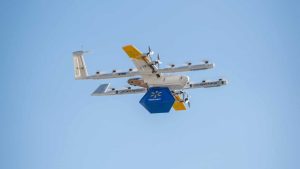
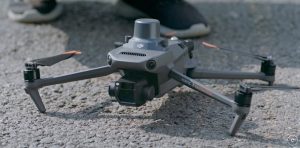

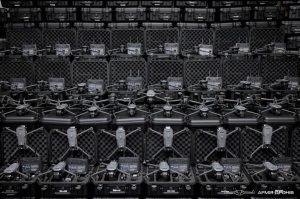
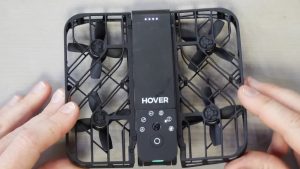



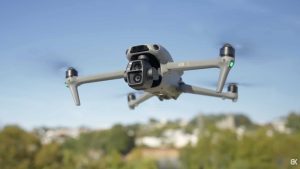
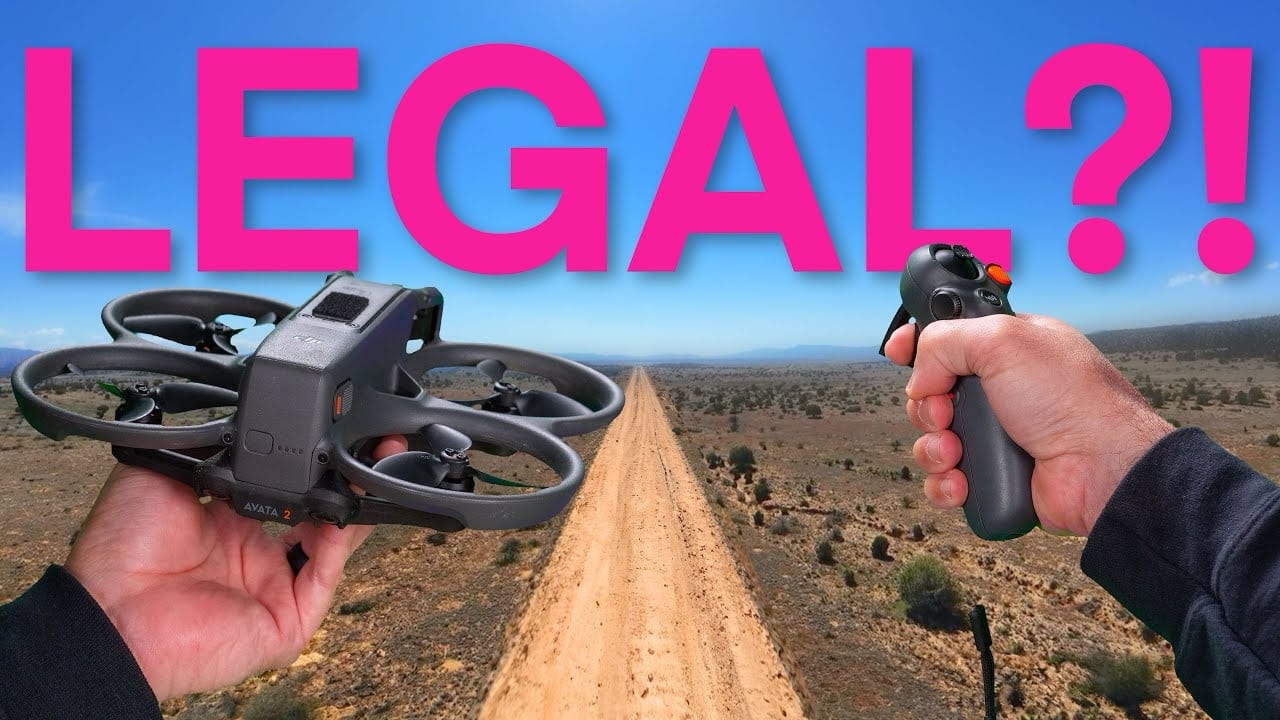

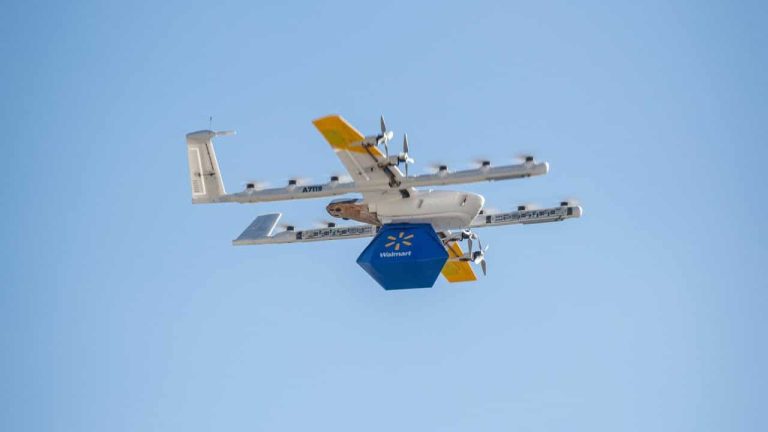
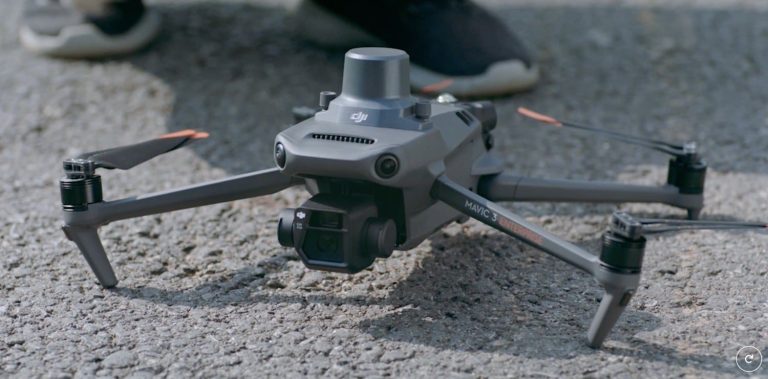
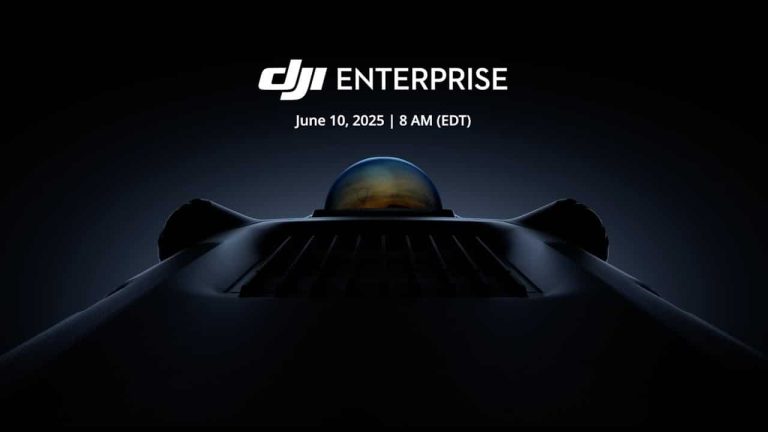
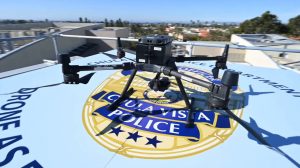

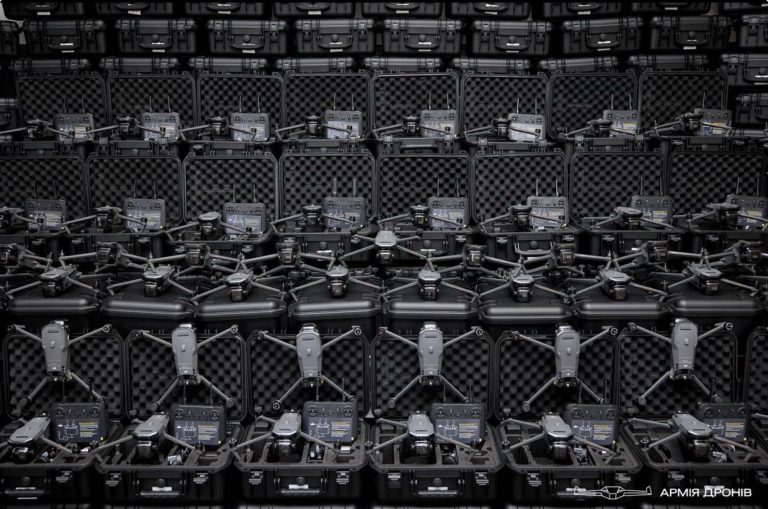

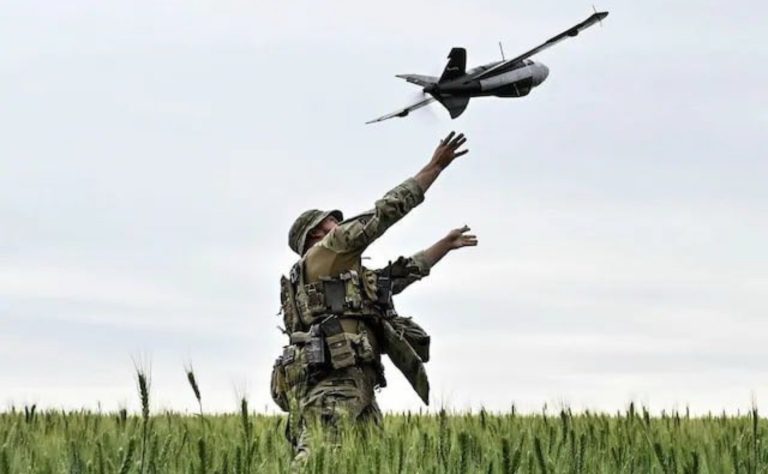


+ There are no comments
Add yours